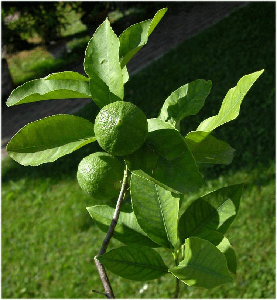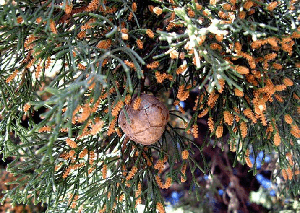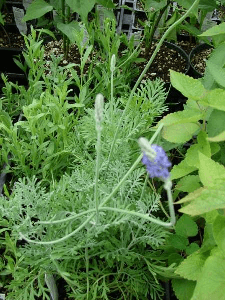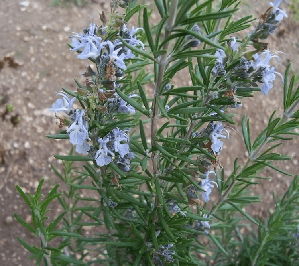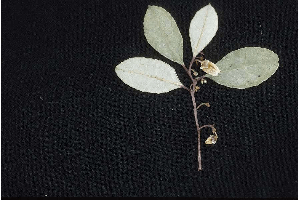A combination that uses the power of Essential Oils to combat tired, swollen legs with visible or unsightly veins.
Mentha Arvensis (Field Mint)
There are about 20 species of mint spread throughout the world and several types are cultivated. The field mint is primarily native to China and Japan. Its properties are mainly related to menthol which gives it a great anti-"gene" effectiveness. This oil soothes various discomforts (shocks, aches, awkward contractions ...), in addition to being fortifying and stimulating. It is a precious help in case of loss of consciousness, bad circulation and in case of important physical shock. It also provides a great feeling of freshness, which helps to stimulate in case of local (legs, muscles) or general fatigue.
Citrus Limonum (Lemon)
The lemon essential oil is obtained from the peel of the fruit. It is a stimulating and invigorating oil, which increases the tonus. It allows to unclog and drain the tissues. It fluidifies circulating fluids and helps the body to evacuate toxins since it increases the emission of urine.
Cupressus Sempervirens (Cypress)
This tree with its beautiful dark grayish-green finery throughout the year, yields a essential oil that is highly prized during massages for circulation, unsightly veins or various swellings. Cypress in all its forms is an excellent tonic for the circulation system. Alone or associated with other vegetable oilsThis oil warms, fluidifies, activates the circulation and drains.
Lavandula Hybrida (Lavandin)
The lavandin is a hybrid subshrub of two species of lavender: lavender officinale and wild lavender. Its smell is more camphorated than that of the classic lavender, its properties are close to it, but are slightly more powerful. Thus, it improves the appearance of the skin and the underlying tissues that nourish it. This oil is used in massage to prepare tissues for exertion, and its fragrance improves mental strength. After the effort, it provides relaxation, soothing and recovery in case of fatigue.
Cistus Ladaniferus (Cistus ladaniferus)
The ciste ladanifère with its woody, amber scent grows spontaneously in Spain and all around the Mediterranean. The essential oil of cistus reinforces the action of the immune system and on the neurovegetative system. Its use in cosmetics is recommended to smooth and give elasticity to the skin. It promotes the repair of damaged tissues and activates the circulation system that nourishes them.
Rosmarinus Officinalis (Rosemary Officinalis)
Rosemary in all its forms is immunostimulant. It accelerates skin repair and tones the tissues to which it is applied. It is useful in case of overwork of legs, joints and muscles, as well as in case of physical shock.
Gaultheria Procumbens (Wintergreen)
The gaultheria native to North America and China was already intuitively used by the Indians to fight pain and fever. Later, it was demonstrated among its active ingredients, the presence of a precursor of aspirin.
The essential oil of wintergreen is very popular with athletes, it prevents or reduces aches and pains, while calming the uncomfortable sensations, regenerating and detoxifying the tissues. It is also considered as a draining plant for the circulation system and for the urinary sphere.
Aesculus Hippocas (Horse chestnut)
The seeds of the horse chestnut contain tannins, saponosides and many flavonoids. The extract of horse chestnut decreases the permeability of the channels and increases the resistance of their walls.
It is recommended in the event of brittleness and dilation of the walls of the channels of circulation, of heavy and tired legs.
Hamamelis Virginiana (Witch hazel)
The leaves of hamamelis contain tannins, flavonoids, some essential oil and saponosides. hamamelis is one of the best tissue strengtheners for blood capillaries. Its tannins tone up the venous walls, its flavonoids decrease their permeability and increase their resistance in a general way.
Its external application thus improves the venous circulation (venous return), it decreases the fragility of the vessels, lightens the heavy legs and tired, and attenuates the venous dilatations thanks to its effect vasoconstrictor.
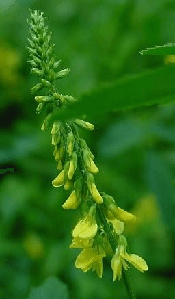
Melilotus Officinalis (Sweet Clover)
It is the flowering tops of this plant which are employed for their medicinal properties. They have anti-inflammatory, antispasmodic and protective virtues of the vascular system. The melilot is preventive of thrombosis and embolisms thanks to its venous tonic and vasoconstrictor action.
Special precautions:
- External use only.
- Do not use in massage on babies and young children.
- Never apply to wounds.
- Avoid contact with eyes and mucous membranes.
